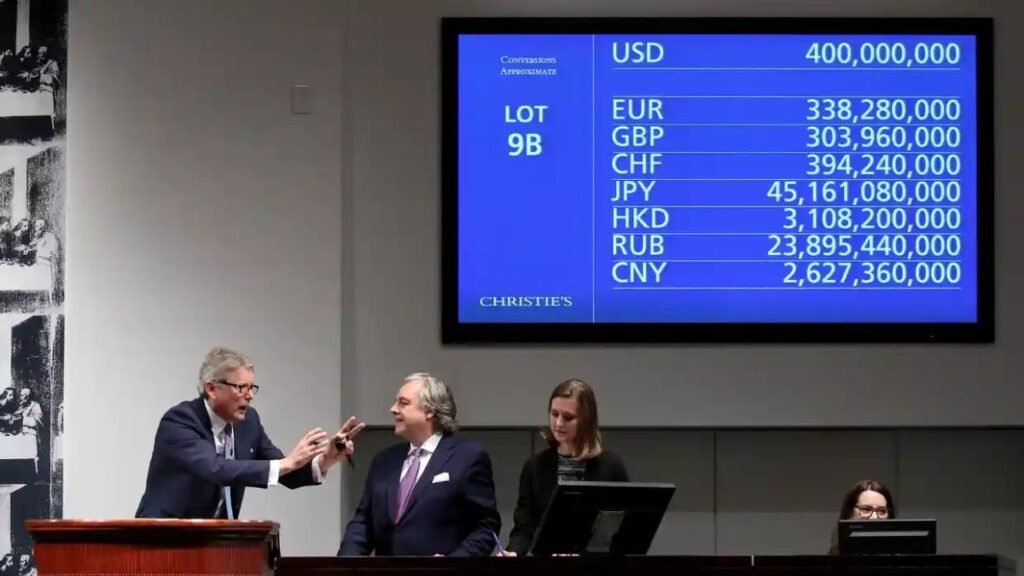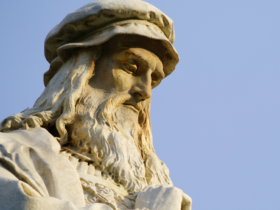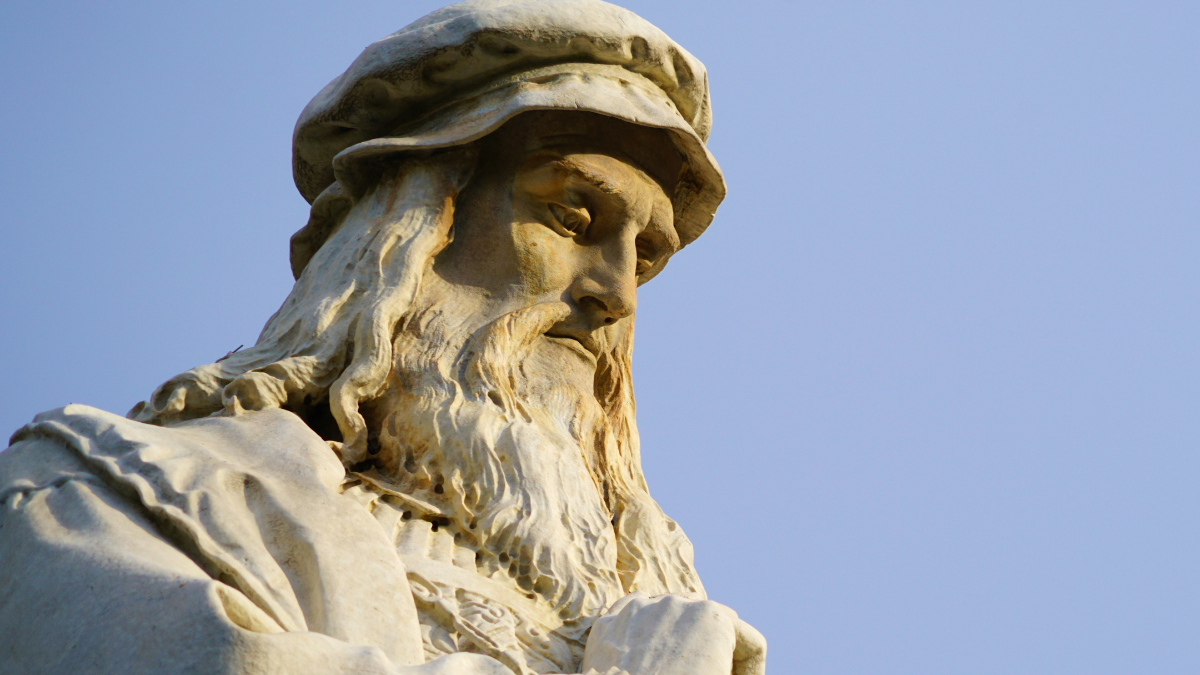
Salvator Mundi, an iconic artwork attributed to the legendary Renaissance artist Leonardo da Vinci, has captivated the art world with its beauty and mystery. This article delves into the intriguing history, facts, and details surrounding this enigmatic painting. From its creation in the early 16th century to its record-breaking sale in 2017, Salvator Mundi has left an indelible mark on art history. Join us on a journey to explore the fascinating story behind this exceptional masterpiece.
The Creation of Salvator Mundi
Believed to have been commissioned around 1500 by King Louis XII of France, Salvator Mundi portrays Jesus Christ as the Savior of the World. Leonardo da Vinci, renowned for his mastery of painting and diverse talents, undertook this ambitious project during the height of the Italian Renaissance. The work showcases da Vinci’s unparalleled ability to capture human expression, light, and intricate details. The artist infused the painting with a sense of serenity and divinity, presenting Christ with one hand raised in a gesture of blessing and the other holding a transparent orb symbolizing the world.
The Mysterious Journey
After its creation, Salvator Mundi passed through the hands of various European royal families, including those of England and Russia. Over time, the painting disappeared from public view, adding to its mystique. For nearly five centuries, its whereabouts remained unknown, shrouding the artwork in intrigue and speculation. Scholars and art enthusiasts were left to wonder about the painting’s condition and its significance in the context of da Vinci’s oeuvre.
Rediscovery and Restoration
In 2005, Salvator Mundi reemerged when it was purchased by a group of art dealers at an estate sale. Recognizing its potential historical and artistic significance, they embarked on an extensive restoration process to uncover its original beauty. The restoration efforts revealed da Vinci’s meticulous brushwork, delicate hues, and the subtle details that make his paintings so captivating. Art experts meticulously examined and authenticated the painting, attributing it to Leonardo da Vinci himself, despite some dissenting opinions within the art community.

The Record-Breaking Sale
In November 2017, Salvator Mundi went up for auction at Christie’s in New York, attracting worldwide attention. The bidding frenzy reached unprecedented heights as collectors, institutions, and investors vied for the opportunity to own this extraordinary masterpiece. With its storied history and attribution to da Vinci, Salvator Mundi became the subject of intense competition. Ultimately, the painting was sold for a staggering $450.3 million, breaking all previous records and solidifying its status as the most expensive artwork ever sold at the time.
Ongoing Debate and Controversy
Despite its acclaim and record-breaking sale, Salvator Mundi has faced scrutiny and controversy. Some art historians question its attribution to Leonardo da Vinci, citing differences in style and execution compared to his other works. They argue that the painting may have been executed by da Vinci’s workshop or a follower, rather than the master himself. Additionally, the damage and extensive restoration of the artwork have fueled debates about its authenticity. These debates have sparked intense discussions within the art community and ongoing research and analysis to further explore the origins and authorship of Salvator Mundi.
Legacy and Impact
Salvator Mundi’s significance extends beyond its record-breaking sale. Its resurfacing has reignited public interest in Leonardo da Vinci’s art, stimulating fresh dialogue and exploration of his genius. The painting’s journey, coupled with the mysteries surrounding its authorship and historical context, has become a symbol of the enduring allure of art and its ability to transcend time. Salvator Mundi represents a profound connection to one of history’s greatest artists, reminding us of the eternal power of artistic expression. Whether it is a genuine Leonardo da Vinci or not, the painting’s allure endures, inspiring awe and admiration and serving as a testament to the timeless beauty and enduring legacy of masterpieces throughout history.
Conclusion
Salvator Mundi, the extraordinary painting attributed to Leonardo da Vinci, continues to captivate audiences worldwide. Despite the ongoing debate about its authenticity, its impact on the art world remains undeniable. From its creation during the Italian Renaissance to its record-breaking sale in the 21st century, Salvator Mundi represents the power of art to inspire and fascinate. Whether it is an authentic work by da Vinci or not, the painting’s allure endures, reminding us of the timeless beauty and enduring legacy of masterpieces throughout history. Salvator Mundi invites us to contemplate the intersection of art, history, and human creativity, and it stands as a testament to the ability of art to provoke curiosity and evoke profound emotions.








































